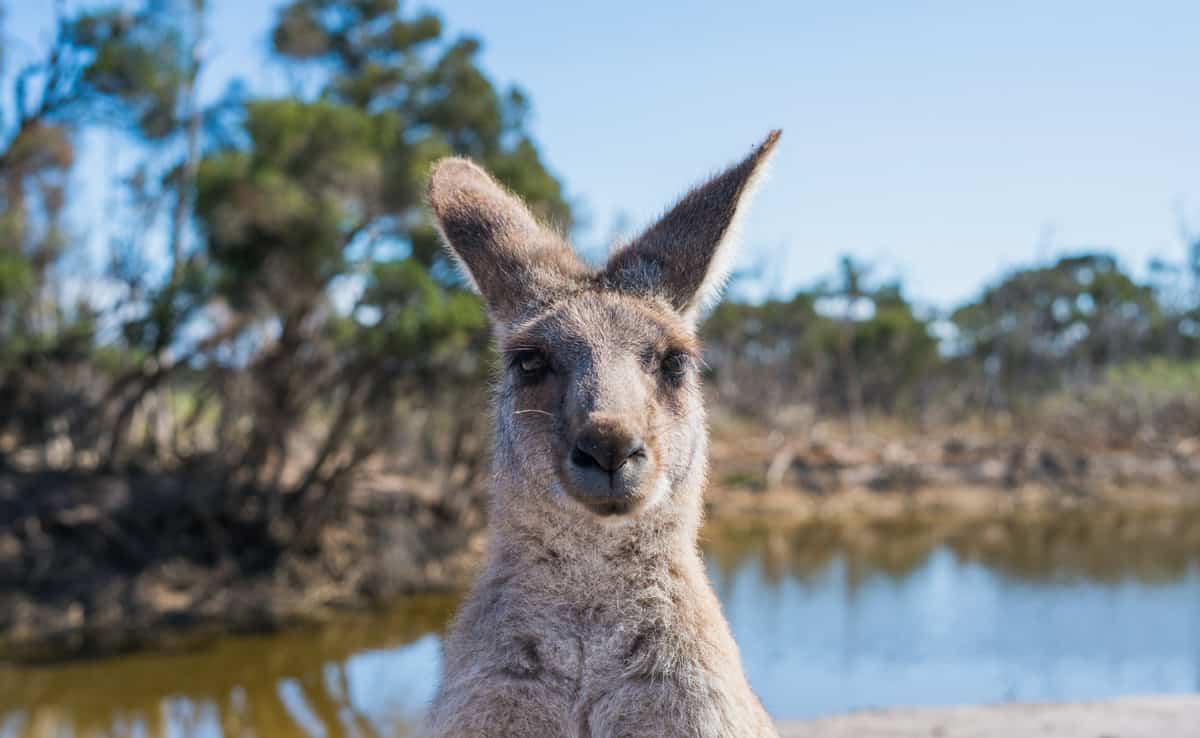
Editor’s Note: Travel is complicated right now. Please check local regulations and location openings before you go. We share places, products and activities we recommend. If you make a purchase using a link on our site, we may earn a commission.
If you’re in Australia and you’re a nature nut like me, here’s a hot tip: put Kangaroo Island on the top of your list. The opportunity to explore an unspoiled natural environment on this scale is rare. It’s one of best places to view Australia in its natural, untamed state.
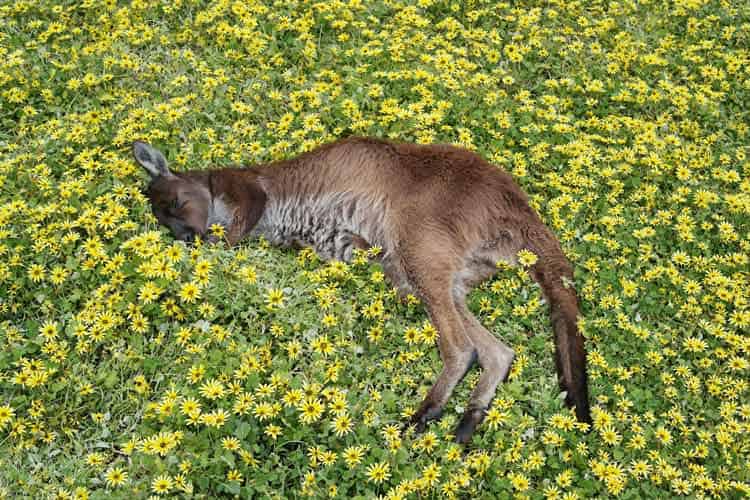
Island Wilderness
Australia’s third largest island, Kangaroo Island (or KI, as it is affectionately known by the locals) is just 13 kilometers (8 miles) off the South Australian coast. Linked by year-round air and ferry service, it’s easily accessible, yet it’s a complete world of its own. The island is big – huge, in fact, with only 4,500 residents spread out over 4,500 square kilometers (2,800 square miles). There are no traffic lights, no queues, no annoying signs and not a Big Mac in sight.
Twenty-six protected areas cover one-third of the island, and almost the entire western region is untouched. Never cleared for farming, the land has remained isolated from the impact of European development, and much of it is still inaccessible.
My wife, Karen, and I rented a self-contained cabin on the edge of this wilderness at Hanson Bay bordered by the Kelly Hill Conservation Park on the island’s southwest coast. At times, we felt like the only people on the planet. Endless coves of white-sand beaches stretched east while the rhythmic roar of the Southern Ocean pounded precipitous cliffs to the west.
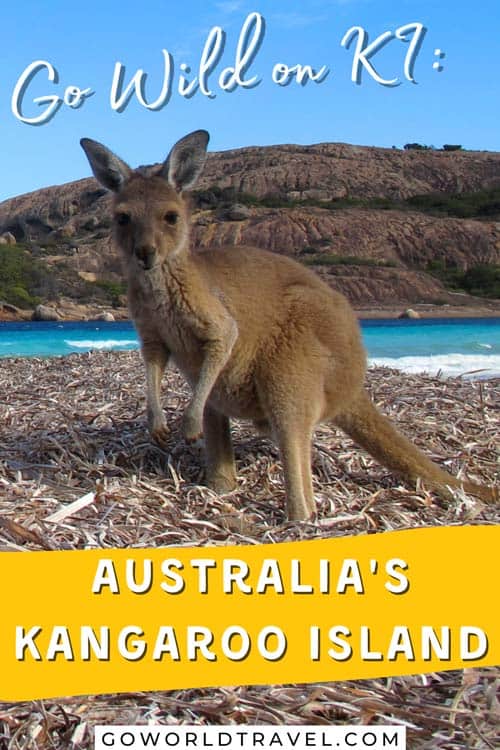
Inland, miles of virgin mallee forests, heath, woodlands and lagoons beckon, punctuated by tannin-stained rivers snaking through the landscape.
The National Parks and Wildlife agency issues a Walks and Hikes Guide allowing visitors of all ages to experience this pristine wilderness through a range of trails, many within easy access of our cabin, so we set off along the beach early one morning.
We met up with Tom, a fortunate local with a small house here overlooking the bay. He had a couple of healthy looking salmon in tow, and we eyed them as we chatted about the island. I couldn’t keep our enthusiasm for KI out of the conversation and confessed that it was our first trip here, even though we lived not far away on the mainland. “We can’t understand why it took us so long to get here in the first place,” I said.
“Yeah,” said Tom. “There are plenty of salmon out there now.”
Surely, Tom was missing the point.
“Not the fish,” I laughed, waving my arms. “All this. It’s heaven. Do you know what you have here?”
Tom smiled and winked. “Hey, I tell ya, I’ve been around the world until I’m dizzy, and it’s always good to get home.” He hadn’t missed the point. Tom had a house on the edge of a wilderness paradise and fresh salmon for breakfast.
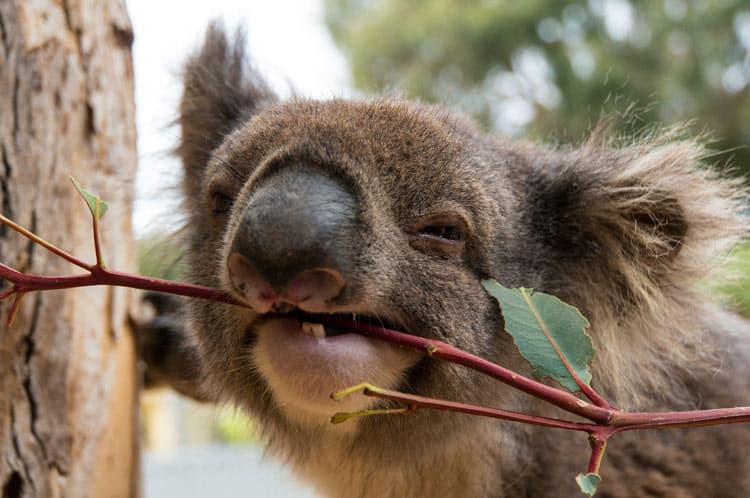
Wildlife
Dick Smith, one of Australia’s foremost journeymen, once said that Kangaroo Island was the best place in Australia to view wildlife. Thought to have separated from the mainland in 10,000 BC and uninhabited since 2,250 BC when the Aborigines disappeared from here, its isolation and absence of introduced pests and predators encourages abundant wildlife, much of it uncommon or extinct on the mainland.
The island is unique, and the locals know it. A strong commitment to sustainable tourism has evolved, creating opportunities for residents and visitors by balancing tourism activity, demands and impact. Limited industry keeps the island clean and green, focusing on a small range of quality products that add diversity, shoring up the traditional pastime of farming.
Seal Bay is probably the island’s most popular tourist attraction. Hosting more than 120,000 visitors annually, this impressive facility manages to balance the fragile ecosystem with modern tourism needs.
At Seal Bay, the island’s most popular attraction, the commitment is evident. A simple visitor center leads to boardwalks through fragile coastal dunes to beachfront viewing areas. Access to the sand is on the seals’ terms and only with a ranger. There are no elaborate restaurants, no cheap fanfare and no tourism-driven mania. The animals and the environment come first.
More than 120,000 visitors journeyed to Seal Bay last year, and this summer there will be 1,000 tourists on the beach every day. Paul has been a ranger here for five years and painted a balanced perspective for us.
“In 1996, there were limited facilities here,” he said. “We worked directly with the seals all the time. But then the boardwalks went in, the visitor center opened and the buses came. Now I’m flat-out selling fluffy toys.
“But there is an upside,” he added. “Access is controlled and the fragile eco-system is being protected. It’s tough to balance the demands of tourism with its inevitable impact.”
Back at Hanson Bay and the neighboring protected areas around Flinders Chase National Park, there is more opportunity to interact with the wildlife. And it’s this environment – the rare chance to share a sense of oneness with nature – that rewards visitors prepared to explore beyond the beaten path.
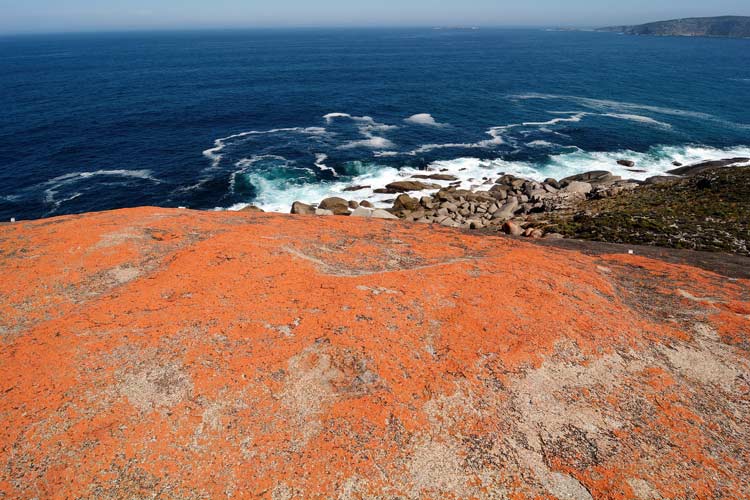
Open grasslands are the domain of kangaroos, wallabies and Cape Barren Geese. Visitors are spoiled with abundant opportunities across the island to interact with these animals in their own environment.
On trails that weave through a landscape of changing colors, textures and smells, we felt like kids on a treasure hunt, the next surprise just around the corner. Along silent riverbanks, sand goannas slept in the sun, barely acknowledging us as we passed. Nearby, a pair of echidnas foraged for insects, vacuuming the underbrush with clinical efficiency. Cute they may be, but these spiny mammals are well-protected against intruders. Karen laughed at their cute antics as they curled up into small, spiky balls.
Coastal paths surrender to open grasslands, the domain of wallabies, kangaroos and Cape Barren Geese. Photographic opportunities were everywhere, and the animals were happy to cooperate provided we didn’t get too close.
At a small waterhole, shaded by tortured manna gums, we stopped for an impromptu picnic and were privileged to glimpse a platypus scouring the reeds for food. Overhead, three koalas were sleeping off a feed of eucalypt leaves. Six hundred species of eucalypts litter the Australian landscape, but these furry marsupials are fussy eaters, preferring only a few varieties. Tightly wedged, high in their smorgasbord sanctuaries, they sleep up to 22 hours a day – their bodies exhausted from digesting the tough, fibrous leaves.
Back at our seaside cabin that evening, we marveled at what we had seen and experienced. It was a rare opportunity to engage with nature on its own terms.
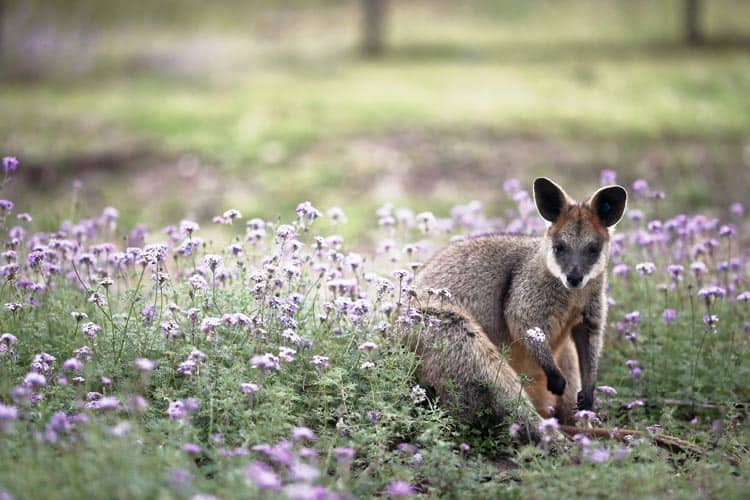
Island Wildflowers
Somewhere near the central inland town of Parndana, we stopped the car (again) and Karen headed off into the bush. Luminous blue flowers had caught her eye.
Each spring the landscape erupts in a riot of colour. The normal structured beauty of the bushland is punctated with chaotic bursts of vibrant wildflowers.
It was spring and the island was alive with wildflowers — not in-your-face canvases of color, but thousands of tiny splashes mingling with the familiar grays, greens and browns of the landscape, teasing its structured beauty with chaotic bursts.
“They’re so delicate,” she said, her artistic eye compiling ideas for still-life masterpieces as she scanned the landscape. “And have you noticed there are no weeds?”
She was right. Another advantage of isolation. Sometimes the place looked like a giant native garden. Each year, between August and December, visitors are treated to a free display as they drive, but if time is limited, they can see it all in one place at Stokes Bay Bush Garden.
“We bought the block as bushland years ago when we sold out of the family farm and my husband, John, started a kind of hobby garden,” explained Carol Stanton as we browsed the paths of this stunning floral garden.
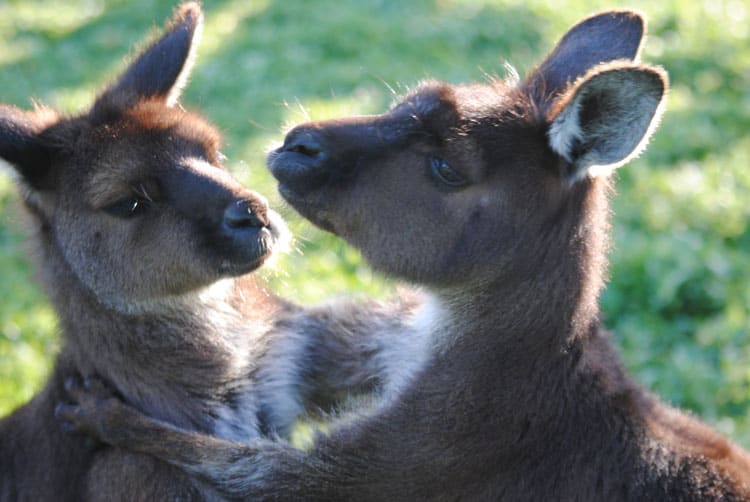
“Since then, it’s grown to cover three hectares and has become an all-consuming passion,” she said.
Two self-guided walks introduce visitors to 750 native plant varieties, including 150 Kangaroo Island species and many rare and endangered specimens. The Garden is a perfect way to enjoy one of the island’s highlights.
It’s another triumph for sustainable tourism.
At the Penneshaw ferry terminal, we reflected on our week’s holiday and the natural wonders of the island we were leaving. Kangaroo Island, this natural wonderland, had been there all these years, right outside our doorstep in South Australia. But as with all things in life, we were better later than never
From the ferry, we stared at Cape Jervis on the mainland, just a short trip away. “What a difference a little bit of water makes,” said Karen.
We’d be back. And soon.
- Life of a Champion: Exploring the Muhammad Ali Center in Louisville - April 19, 2024
- What It’s Like to Live as an Expat: Lake Chapala, Mexico - April 18, 2024
- Top 5 Spots for Stargazing in North Carolina - April 17, 2024
